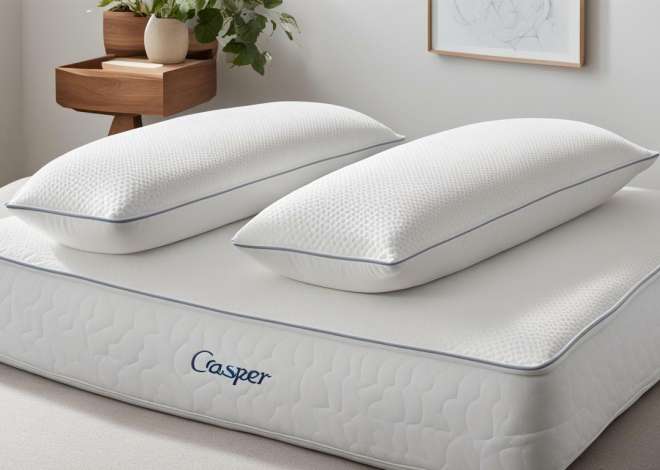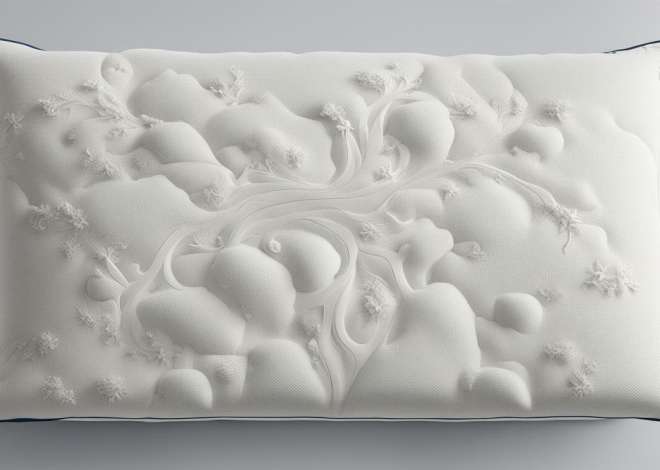
What kind of fabric is antimicrobial?
Antimicrobial fabrics have become increasingly popular in recent times due to their ability to prevent the growth of bacteria, viruses, and other harmful microorganisms. These fabrics are designed to fight against harmful germs and infections that can cause diseases. Antimicrobial fabrics are used in a variety of settings such as healthcare, food service, and personal protective equipment manufacturing. In this article, we’ll discuss the types, benefits, drawbacks, and sustainability of antimicrobial fabrics in exhaustive detail.
How does antimicrobial fabric work?
Antimicrobial fabrics work by incorporating substances that actively fight against bacteria and other harmful microorganisms. These fabrics have a unique mechanism of action where they disrupt and destroy the cell membrane of the bacteria, rendering them inactive. The antimicrobial substances used in these fabrics vary based on the type and brand of the fabric. Some fabrics may use silver nanoparticles to inhibit bacterial growth, while others may use copper ions or natural antimicrobial agents like tea tree oil or bamboo extracts.
Additionally, some fabrics may have a coating that contains the antimicrobial agents, while others may have the antimicrobial agents infused into the fibers of the fabric itself. The method of production and the type of antimicrobial agent used can affect the effectiveness and durability of the antimicrobial fabric over time.
Antimicrobial fabrics are commonly used in healthcare settings, as they can help reduce the spread of infections and diseases. They are also becoming increasingly popular in everyday clothing and household items, such as bedding and towels. However, it is important to note that antimicrobial fabrics should not be relied upon as the sole method of preventing the spread of infections, and proper hygiene practices should still be followed.
The benefits of antimicrobial fabric
The primary benefit of antimicrobial fabric is its ability to kill or inhibit the growth of harmful microorganisms. This makes it ideal for use in settings where cleanliness and hygiene are a top priority, such as in hospitals, clinics, or food processing facilities. Antimicrobial fabrics have also become popular in everyday settings, such as in sportswear and face masks, where people want additional protection from bacteria and germs.
Another benefit of antimicrobial fabric is that it can reduce the odor that arises from the buildup of bacteria and sweat. This makes it ideal for clothing and footwear, where odor control is necessary. Antimicrobial fabrics are also easy to maintain since they require less frequent washing and do not require harsh antibacterial agents to remain clean.
Recent studies have also shown that antimicrobial fabrics can help reduce the spread of infections and diseases. This is particularly important in healthcare settings, where the transmission of infections can be a serious concern. Antimicrobial fabrics can help prevent the spread of bacteria and viruses, which can ultimately lead to a healthier environment for patients and healthcare workers alike.
Types of antimicrobial fabric and their uses
There are different types of antimicrobial fabrics available in the market that cater to specific needs. Some of the most common types of antimicrobial fabrics include:
- Silver-embedded fabrics – these fabrics contain silver nanoparticles that can kill bacteria and viruses. They are mostly used in healthcare settings and sportswear.
- Copper-infused fabrics – these fabrics contain copper ions that offer a broad-spectrum antimicrobial action. They are mostly used in face masks and bedding products.
- Bamboo-derived fabrics – these fabrics contain natural antimicrobial agents like bamboo extract that inhibit bacterial growth. They are mostly used in sportswear and casual wear.
- Nylon fabrics – these fabrics are infused with antiviral and antibacterial agents and are used in medical and personal protective equipment manufacturing.
How to choose the best antimicrobial fabric for your needs
Choosing the right antimicrobial fabric depends on various factors such as the intended use, durability, and effectiveness. Here are some of the factors to consider:
- Intended use – consider the setting in which the fabric will be used, whether it’s for healthcare, sportswear, or personal protective equipment.
- Durability – consider the fabric’s ability to withstand repeated washing and drying cycles.
- Effectiveness – check the manufacturer’s specification on the percentage of bacteria and viruses that the fabric can kill or inhibit.
- Natural sources – choose fabrics that use natural antimicrobial agents or recycled materials for a sustainable option.
The science behind antimicrobial fabrics
The science behind antimicrobial fabrics is complex and involves the use of various antimicrobial agents and coatings. The most commonly used antimicrobial agents in these fabrics are silver nanoparticles, copper, and natural oils. These agents work by creating an environment that is hostile to bacterial growth, thus making the fabric an inhospitable place for bacteria and viruses to thrive.
Another important consideration is the method of application for the antimicrobial agents. Some manufacturers apply coatings that contain the antimicrobial agents to the fabric’s surface, while others infuse the agents into the fibers of the fabric. Both methods effectively reduce bacterial growth, but the latter is more durable since the antimicrobial agents are embedded within the fibers.
Antimicrobial fabrics in healthcare settings
Antimicrobial fabrics have played a vital role in healthcare settings, especially during the COVID-19 pandemic. These fabrics are used in personal protective equipment such as masks, gowns, and gloves, to reduce the spread of infections. Antimicrobial fabrics are also critical in medical facilities where maintaining a sterile environment is necessary.
Another aspect where antimicrobial fabrics have proven useful in healthcare settings is in medical textiles. Medical textiles are textiles used in healthcare facilities such as hospital linens, bedding, and curtains. These textiles are expected to have specific properties such as being resistant to bacteria, blood, and bodily fluids. Antimicrobial fabrics are an important element in maintaining the cleanliness and hygiene of medical textiles.
The future of antimicrobial fabrics
The future of antimicrobial fabrics is promising, with new developments and technologies being introduced. Fabric manufacturers are now experimenting with new and improved antimicrobial agents, and research is ongoing to discover more sustainable and eco-friendly alternatives. Viral testing of antimicrobial fabrics by independent labs is also gaining traction to ensure their efficacy against a wide range of viruses and bacteria.
Additionally, smart fabrics that incorporate sensors and other components are becoming more prevalent. These fabrics can have antimicrobial properties, which can reduce the risk of bacterial infection from wearable devices.
Potential drawbacks of using antimicrobial fabrics
Despite their many benefits, antimicrobial fabrics also have potential drawbacks. One of the significant drawbacks is the possibility of bacterial resistance over time. As bacteria adapt to the environment, they may develop a resistance to the antimicrobial agents in the fabric, rendering the fabric ineffective. The overuse of antimicrobial products can also contribute to the development of antibiotic-resistant bacteria and the disruption of the natural microbiome of human skin.
Sustainable options for antimicrobial fabrics
Sustainability is an essential consideration in fabric production, and antimicrobial fabrics are no exception. To minimize the environmental impact of these fabrics, manufacturers are exploring sustainable alternatives like using natural antimicrobial agents. These natural agents like tea tree oil or bamboo extract are less harmful to the environment and still offer excellent antimicrobial properties. Additionally, using recycled materials in fabric production reduces waste and the carbon footprint of production processes.
Conclusion
Antimicrobial fabrics are a vital component in maintaining cleanliness and hygiene. They have numerous benefits, including preventing bacterial growth, reducing odor, and facilitating easy maintenance. Choosing the right antimicrobial fabric depends on factors such as the intended use, durability, and effectiveness. While the future of antimicrobial fabrics is promising, their effectiveness may reduce over time due to bacterial resistance. To minimize the environmental impact of these fabrics, manufacturers are exploring sustainable alternatives such as using natural antimicrobial agents and recycled materials.


